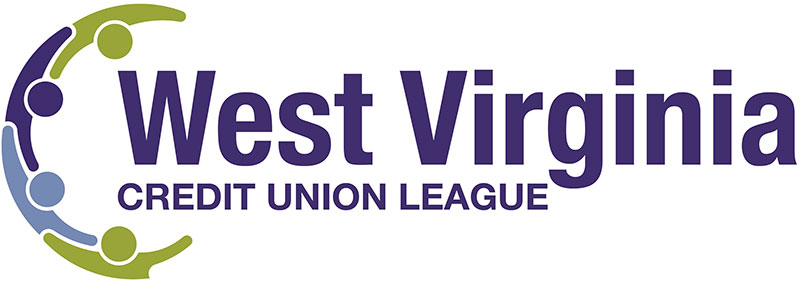News
CUNA Mutual Teams Up with Inclusiv to Promote CDFI Credit Union Certification — 12/11/20
As an unforgettable 2020 comes to an end, a new year will present new challenges, and new opportunities.
As credit unions look forward to all that 2021 holds, CUNA Mutual is spotlighting a program that may help credit unions expand their services to those communities that need it most. The U.S. Treasury Department’s Community Development Financial Institution program (CDFI) is designed for qualifying financial institutions to build capacity in developing and delivering resources to underserved communities.
Inclusiv and CUNA Mutual Group have teamed up to extend awareness and utilization of the CDFI program in a series of weekly calls. If you have considered CDFI certification in the past, or just want to learn more about accessing these resources, tune into these weekly sessions to receive answers to your questions about the process. Complete this short online form to register for an upcoming session.
In 2020, the CDFI fund provided over $45 million in grants to 111 CDFI credit unions. Inclusiv’s research indicates that CDFI credit unions are able to leverage each dollar in CDFI grants more than 10 times over. Imagine how those credit unions have been able to leverage those dollars to benefit their communities in need.
Kate Laud, CEO of Opportunities Credit Union in Vermont sees it every day: “It is stunning to meet people in Vermont who have grown up and raised children in refugee camps but are now buying their first homes through us.”
This is just one example of how a passionate CDFI credit union has impacted community members who may not have had access to quality financial services in the past.
What a CDFI Credit Union Looks Like
Not every credit union will qualify as a CDFI. There are seven tests for CDFI certification, most of which are automatic or easily fulfilled by most credit unions. A good CDFI candidate makes it their primary mission to provide development services like financial education and coaching for those community members who need it most. That commitment can be seen in the makeup of their governing or advisory boards, providing a reflection of the communities they serve.
The real hallmark of a CDFI credit union is that their lending activities are predominantly focused on target populations in economically depressed areas, low-income communities, or other historically under-served populations.
Becoming and Staying CDFI Certified
Some credit unions may feel they just don’t have the time to pull together the data and the application to initially become certified. That time invested directly translates into benefits for your members. “You have to understand your WHY--you don’t become a CDFI unless it is truly part of your mission and business strategy as a credit union. It takes intentional commitment expanding who you serve and you have to be able to demonstrate your plan for any grant dollars received from the CDFI fund,” says Mills.
Applications for CDFI certification can be accepted any time but there are two times a year (September and March) where the NCUA offers a streamlined application window. This can significantly reduce the data gathering burden for credit unions.
Taking Action
Inclusiv is holding weekly informational meetings for credit unions interested in the CDFI program. Register here to learn more:CDFI Education Sign-up
# # #
